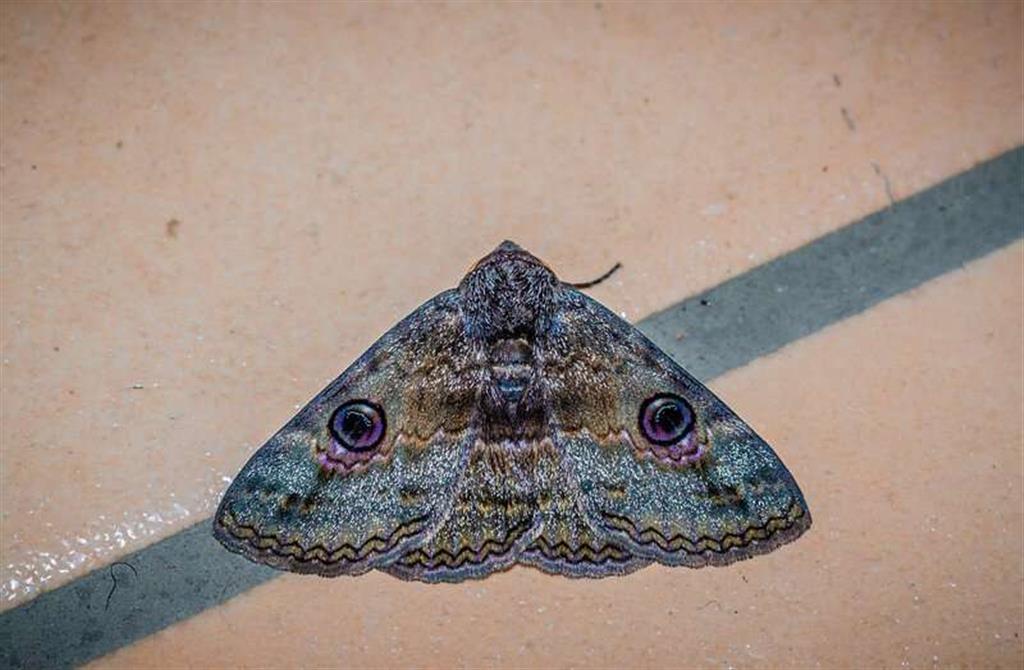Threats to insect survival could have ripple effects on plants and other animals. Insects help form the foundation for many ecosystems: They pollinate around 80% of all plant species and serve as a staple in the diets of hundreds of thousands of animals (and the occasional carnivorous plant).
One way to avert insect extinctions is to set aside the land they need to survive. But scientists know the ranges for only about 100,000 of the estimated 5.5 million insect species. To determine how well existing protected areas may be aiding insect conservation, Chowdhury, ecologist at the German Center for Integrative Biodiversity Research in Leipzig, mapped the known habitats of about 89,000 of those species and compared the ranges with the boundaries of preserves from the World Database on Protected Areas.
Overall, these spaces don’t safeguard enough habitat for 67,384 insect species — about 76% of the species included in the study — the team found. Roughly 2 percent of species do not overlap with protected areas at all.
In addition, they found global distribution of 1,876 insects from 225 species matches no with that of protected areas.
Experts pointed out the deficit is much more serious than in a similar analysis conducted on 25,380 vertebrate species, which unveiled that 57% were insufficiently covered.
Chowdhury also warned that even in protected areas many insect specias are declining, threatened by rapid environmental change, loss of corridors and roads within these areas.
pll/jcm/lpn









